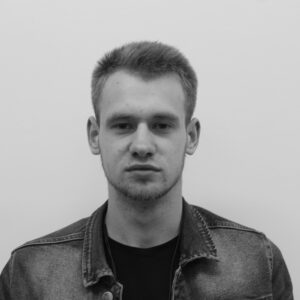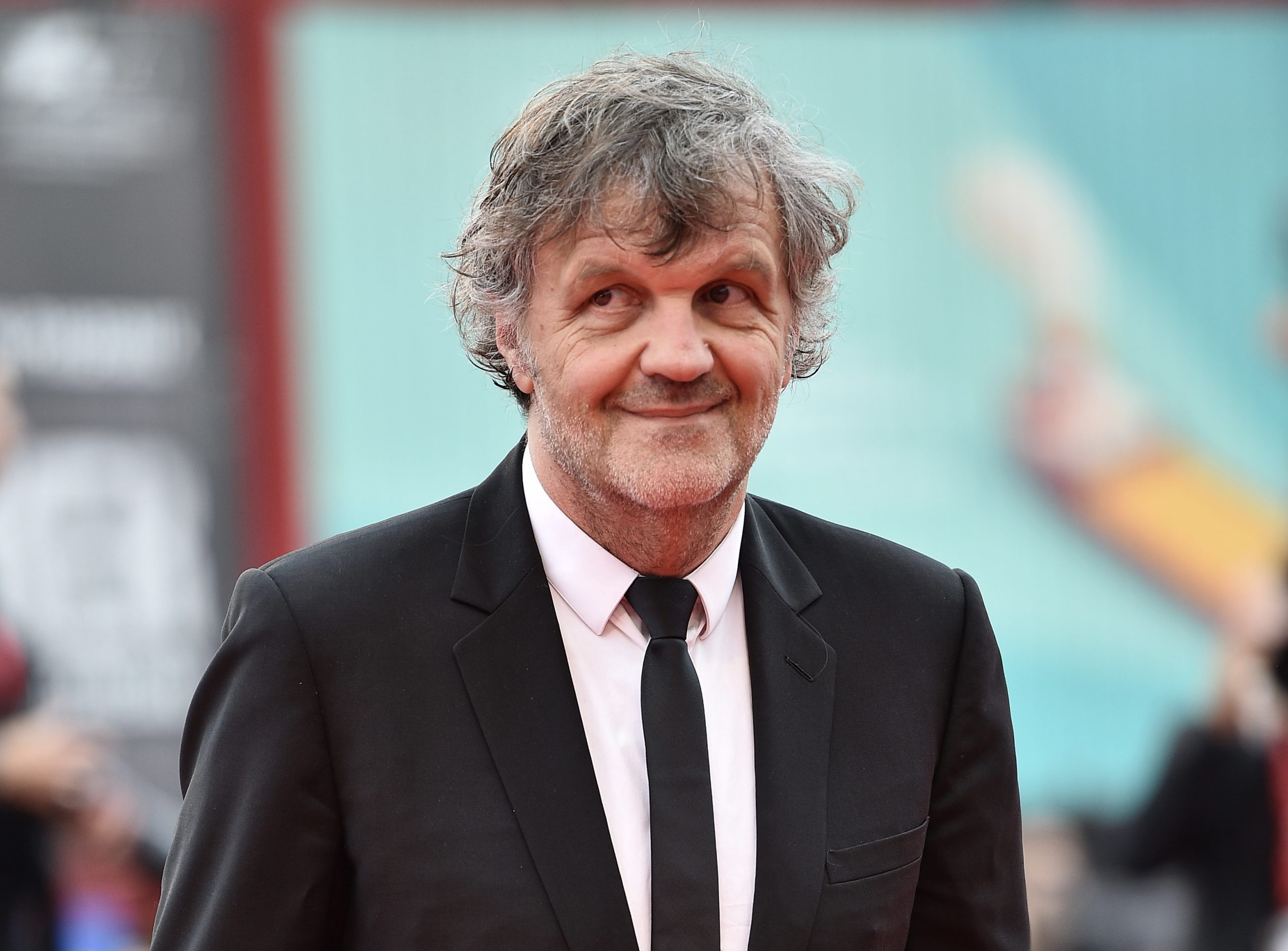Your work is very pictorial, reminiscent of Hans Holbein, Otto Dix or Georges De La Tour…
That’s funny. They weren’t direct influences, but I think I was brought up so artistically that all these classic images are built into the way I see things. My father is an art critic and, for example, when I was a girl, he wrote a book about Titian, and for three years we went every holiday to Titian. I grew up with art so embedded in my experience of the world that it comes naturally. In fact, this is something I fight against because when I take pictures I very consciously try not to go for what is instinctively beautiful to me, but I always fail. Taking beautiful pictures is very easy for me, because things look beautiful to me. So I wanted to make images that had something difficult. But I always take good nice pictures (laughs). People say the way I edit the colors is too painterly, which I don’t mean, but still…
You just won the ‘Art of Color’ award, so it makes sense. How do you work with color?
The colors are all original in the sense that I never add a color that isn’t already there, but I do draw the colors that are there. I’m really trying to see how far I can push the image to reveal things. I like to start with the skin, to see how much detail I can draw. And then all kinds of things appear in the environment, in the lighting, these weird halos appear around people. My teachers are shocked, but I love it (laughs).
So who are your main influences?
I was especially influenced by the photography and cinema of the 60s and 70s. The filmmakers who have influenced me the most are probably Ken Russel, Ingmar Bergman, Rainer Werner Fassbinder and Roman Polanski, although I am confused with Polanski. Also Giallos or Hammer Horror films, but not because of their gothic elements. They have these great portraits of people on the street, characters that aren’t important to the story, but have great reactions. I’m interested in photographers who portray real life, but I’m interested because to me the images are fake, like highly detailed postcards. To me, there’s something interesting going on there.
You’re always in this tension between authenticity and performance…
I am very interested in cultural studies and struggle with the authenticity of imaging, especially in a fashion context. I used to feel like I was making postmodern images, that they were distracted and meaningless. Making images with a purely aesthetic purpose behind it made no sense to me. Now I am beginning to understand that authenticity comes on a material level. I have a huge collection of clothing from the 1970s that I use to create these characters. The characters are not authentic because they are acted out, and yet they are authentic because a live experience takes place: the people in the photos wear real clothes, they experience a performative reality. In acting, things are fake and real at the same time. But I’ve struggled with the realities of the fashion industry for a long time, especially the sustainability issues, but now I’m exploring it in the context of clothing. I consider my work to be both clothing-based and image-based, which makes me much more respectful of the fashion side of the work. For me, it’s the most important part of the process! The research, the construction of identity through the interaction with clothing, through which I understand how it could work within the industry. But still, it’s complicated.
“Prix Dior 2022 Laureate Rachel Fleminger Hudson is a new and original voice in photography, balancing great style and balancing her generation’s point of view and an eclectic, finely tuned vision of the past. Using an aesthetic that builds on both theatrical and cinematographic mise-en-scene, cleverly plays with today’s faces in such a way that it evokes, but also ignores existing stereotypes and clichés.” Simon Baker, director of the Maison European of photography
What is your relationship with reality and the digital space?
In a way, my work is a response to the ‘unreality’ of digital art, because it’s about being physically present, the real experience. I just made a movie about a living, embodied incarnation, something real and physical. And while I was making the film, I was also thinking about virtual space, and what would people be like if half their minds no longer experience reality, but this hyperreality, something that is not real but also real. At the end of the day we are all real and we are all here. That’s where my idea of ”face to face” comes from: we continue to communicate on a physical level, even though we have this virtual experience. Even if the photos or film are shown in a virtual context, they are real things.
And you, how do you come across in your images?
Nowadays you always have to label yourself. I am a very curious person. I find the others very confusing and endlessly interesting. I’m constantly trying to understand them and I can’t. I also always try to be funny and in the end I always make very emotional images, and what does that say about me? (Laughter) It’s actually very revealing, because I find the world so beautiful, almost unbearably emotional. I often wish I didn’t like it so much, because it’s so overwhelming. And I don’t mean aesthetics per se, but I’ve always been in awe of the world. And trying to create images that are fun and emotional is also part of how I interact with people.
“I was immediately moved by Rachel Fleminger Hudson’s work because of her interest in clothing, hair and her detailed approach to character creation. Her images take me back in time and tell stories. For me, creating these scenes makes a “global” photographic work, which I immediately liked. There is also the game that attracted me. The photographic eye that the young generation focuses on the world gives me hope in the future of art. The artist has to a totally new way, and all the portfolios I saw were very astute. For me, photography is communication, a gateway to sharing ideas, a method of anticipating the future. And I see the new generation taking its place in the world into question “Samuel Fosso, President of the Jury
Source: Marie Claire





